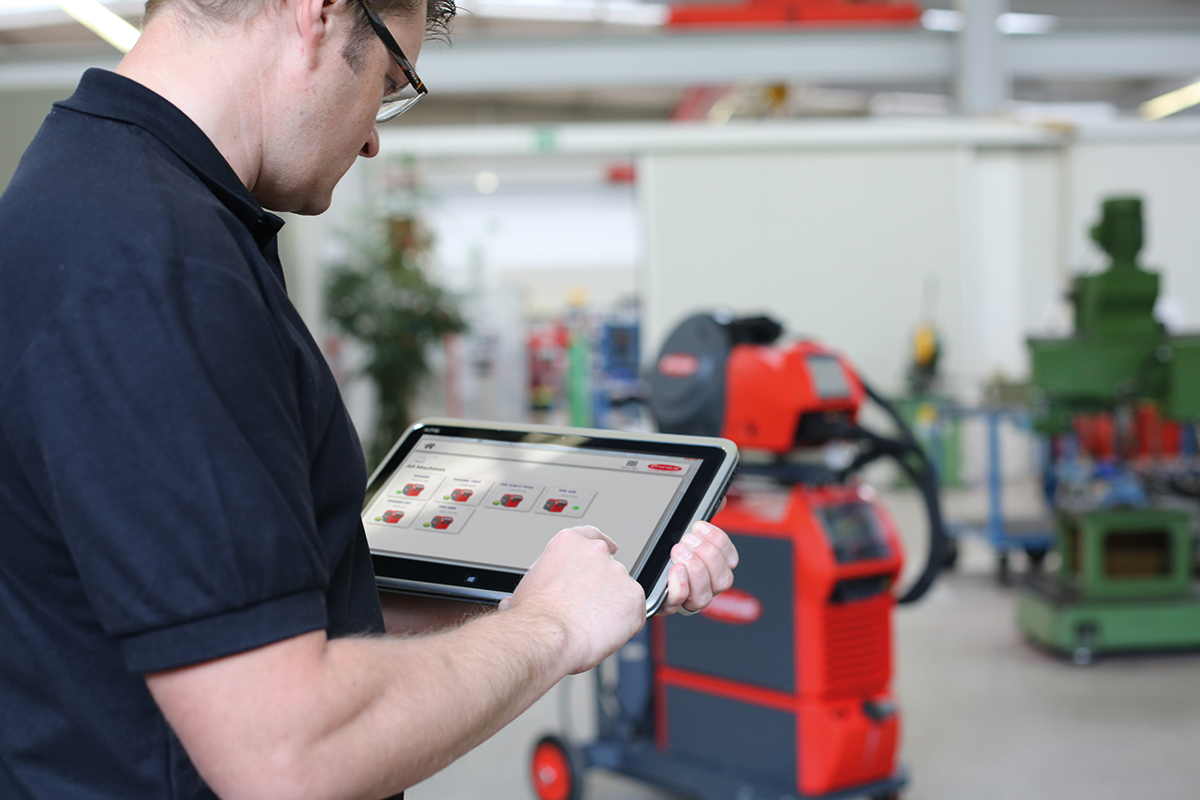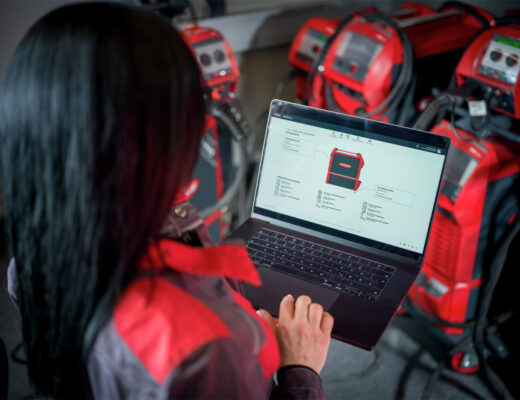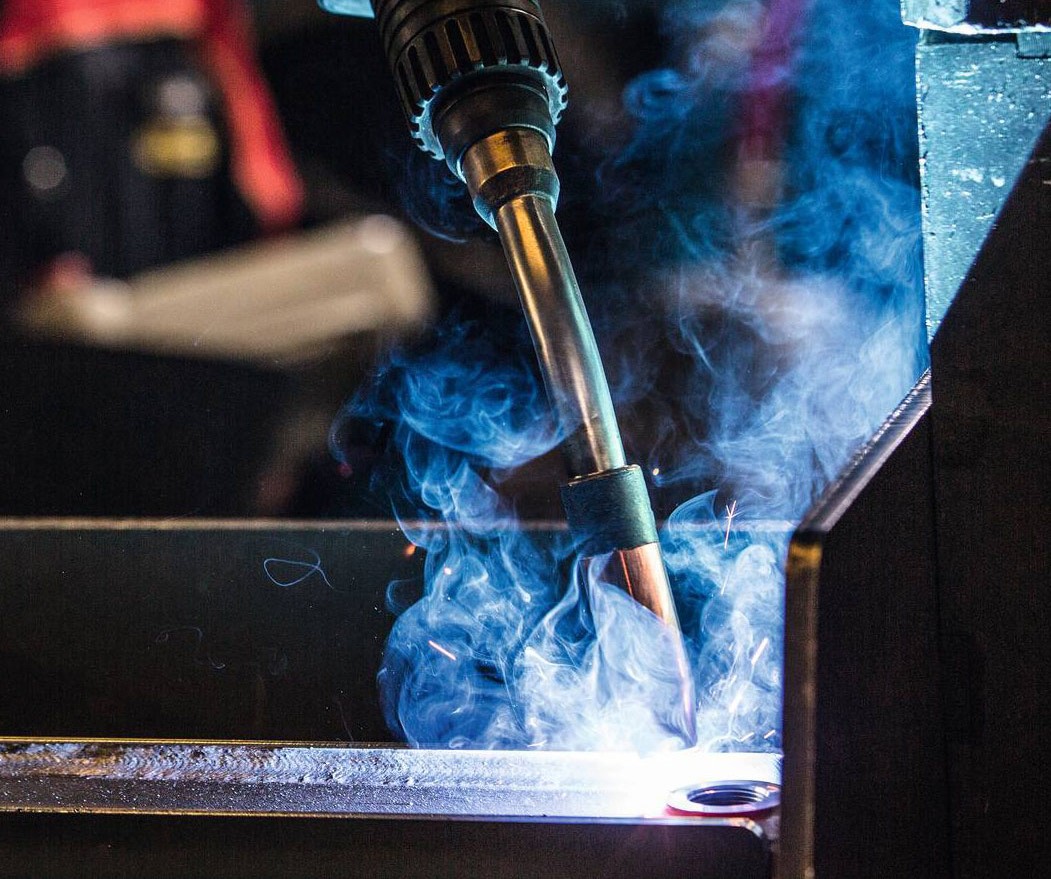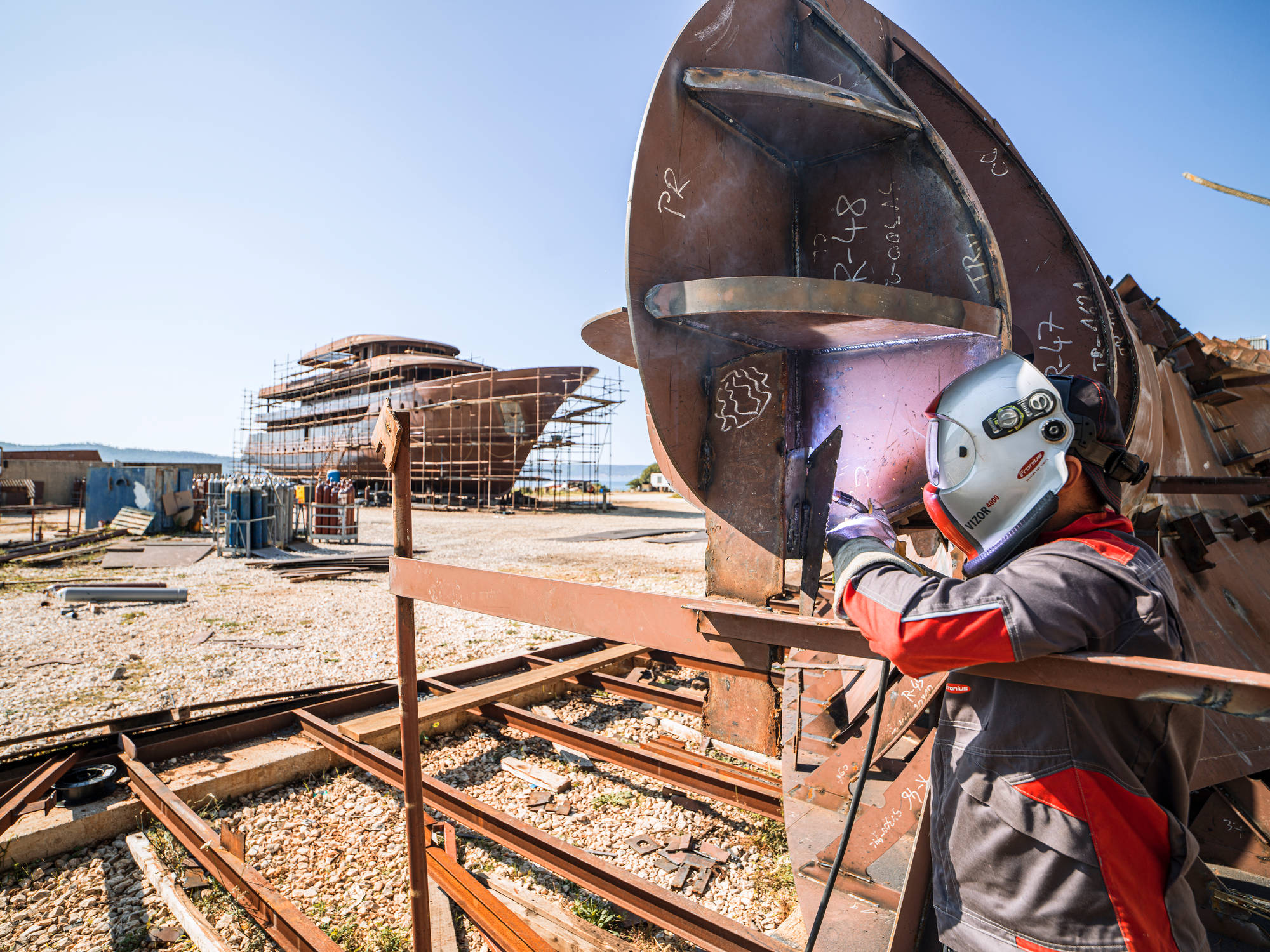From car bodywork to railway bridges, from industrial production plants to oil and gas pipelines: wherever welding is carried out, manufacturers and users expect flawless and demonstrable quality. Ultimately, stable and flawless weld seams are crucial for the manufactured products to function properly and safely. For most companies, ongoing quality assurance with the help of special monitoring and checking systems is therefore of central importance. In this blog post, you’ll find out about the role that welding data documentation plays here and why it pays off even for small and medium-sized companies.
Quality criteria are clearly defined
In some branches of industry, quality assurance is controlled by standards and regulations, including steel, power plant, and pipeline construction. In other sectors however, such as the automotive industry, this responsibility actually lies with the manufacturer. In both cases, specific features of the finished product must meet a certain standard, from which the product’s quality is derived. In the case of welded joints, these include factors such as the geometry of the weld surface, pores and inclusions, surface cracking, strength, leaks, penetration, and hardening characteristics.
All these criteria can be monitored using a product test; however, this is costly and time-consuming, particularly for large quantities. In theory, all features of each individual part ultimately need to be checked using various procedures. Furthermore, some criteria such as penetration or strength can only be determined using destructive testing procedures, meaning it will no longer be possible to use the tested part afterwards. A viable compromise is to carry out sample testing. However, this would not completely exclude quality defects.
Production monitoring improves quality assurance
For this reason, it is advisable to not only monitor the product’s quality but also the production process. Operators can use various parameters to clearly identify whether production is running correctly or if there are any faults. For welding systems, these include voltage, current, wire speed and welding speed, for example. If all observed values are within defined tolerances, the manufacturer can assume that the production process is error-free and, therefore, also that the product quality is flawless.
Data management brings transparency to welding technology
The mass collection, storage, and processing of data – also referred to as Big Data – offers huge potential in this area. Modern welding systems collect high-resolution process-relevant information on an ongoing basis and pass it on in digitized form. With the help of a data management system, users can observe these parameters and thereby configure a production monitoring system that is ideally tailored to the specific application. Users have the flexibility to set which criteria are to be checked and how narrow the tolerances are.
It is also easy to intervene in the production process, whether manually or automatically, in order to identify and remedy faults. This means that production monitoring can replace costly product testing in many cases. For particularly exacting standards, both processes can also be combined, offering customers and manufacturing companies the greatest possible safety for their quality management.
Welding data documentation key for SMEs
Many small and medium-sized companies don’t bother to record their welding data and neglect the issue. But the fact is that, in every company, welding data documentation boosts productivity, saves time, while also enhancing transparency and safety. This is massively important, not least in steel construction: load-bearing steel structures, mass-produced products, or sensitive components often have to be traceable down to the final welding parameters. That’s why having complete welding data documentation makes sense for every business, whatever the size.
Welding data documentation made easy – with Easy Documentation
Good news for small and medium-sized companies: welding data documentation doesn’t have to be costly. Just connect a USB thumb drive and you’re off! Easy Documentation is the ideal solution for small and medium-sized companies when it comes to documenting welding data as simply and inexpensively as possible. The thumb drive is inserted to the rear of the welding system and your welding data is saved as a CSV file. You can then transfer your data using the USB thumb drive and generate a PDF report. If necessary, you can also transfer it to your customers as a certificate demonstrating safety and quality.
As you can see, welding data management doesn’t have to be complicated or expensive. However, one thing’s for sure: recording welding data is becoming increasingly important. This is because direct feedback from production helps to optimize processes, monitor system statuses, and identify errors. The result: reliable, high-quality production.
Want to find out more about welding data management and quality assurance? Our free whitepaper “Big data in welding technology” is there to help you expand your knowledge!
 Perfect Welding Blog
Perfect Welding Blog




2 Comments
Jasvir Singh
28. November 2019 at 9:00Do your welding equipment have OPC UA facility.
Arnaud
9. June 2021 at 23:45Yes they do.